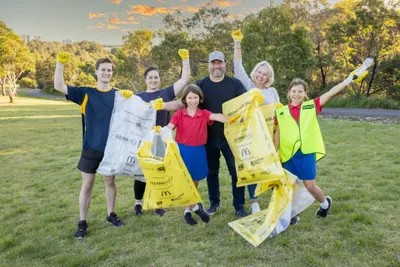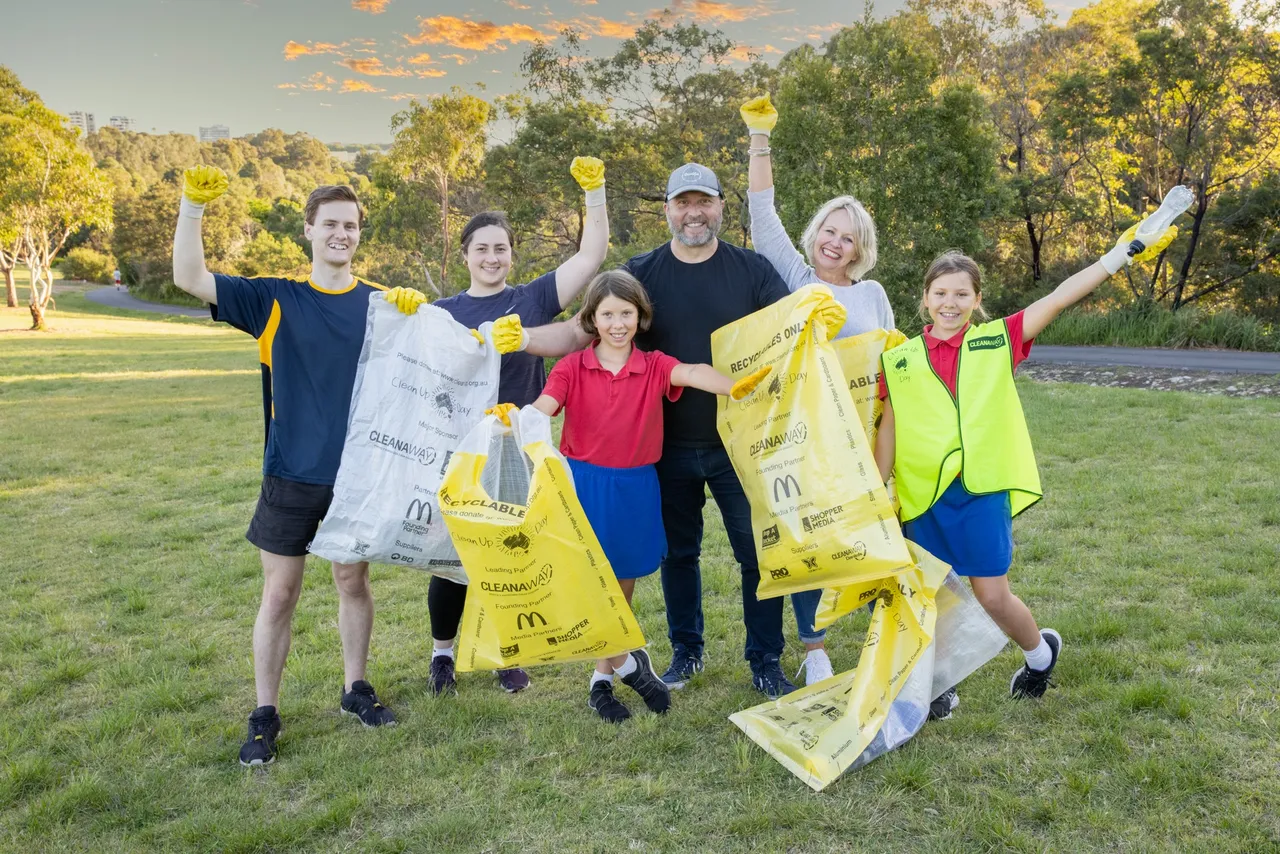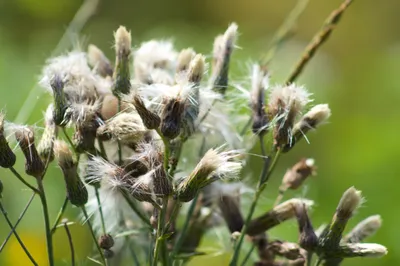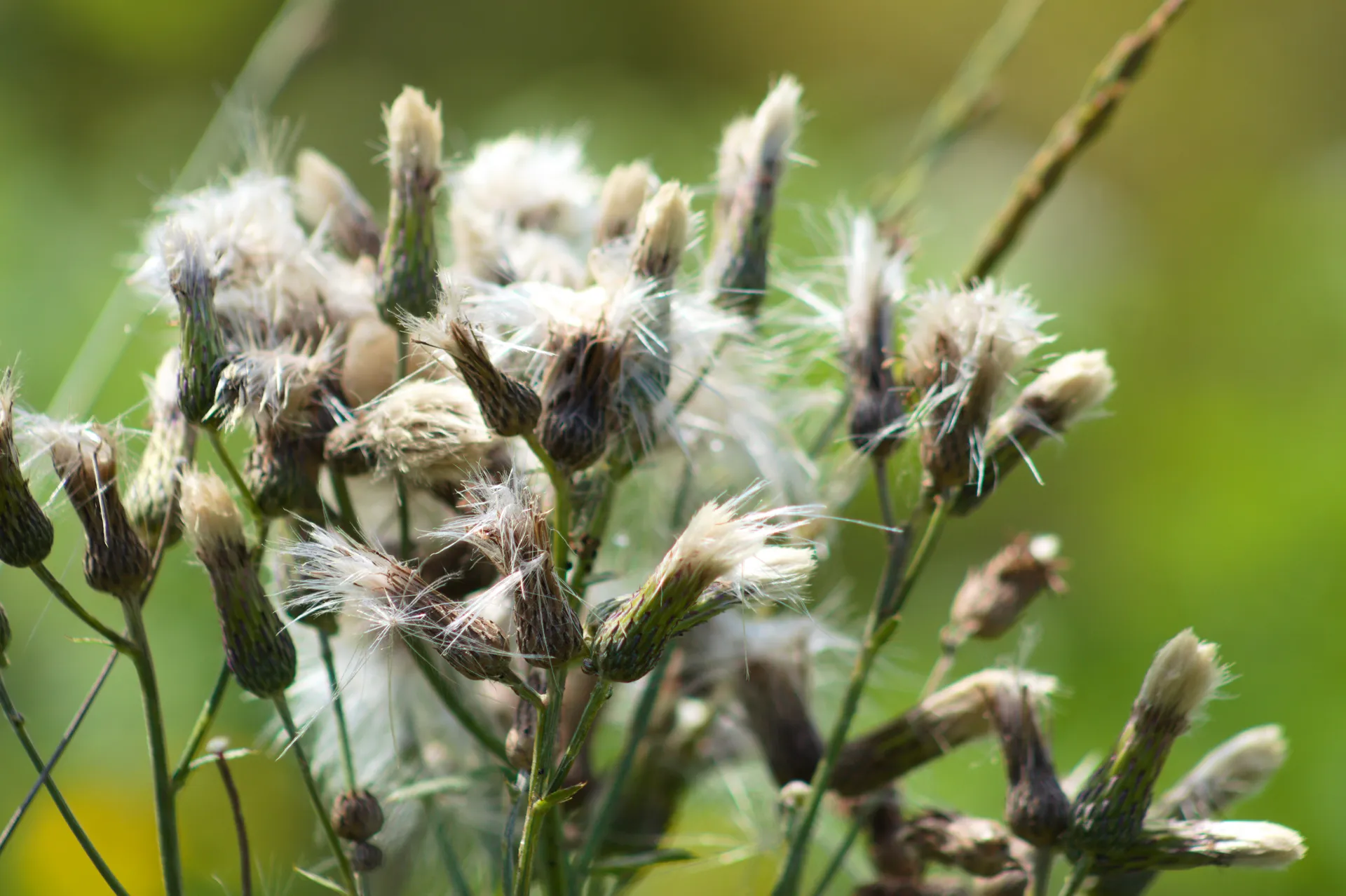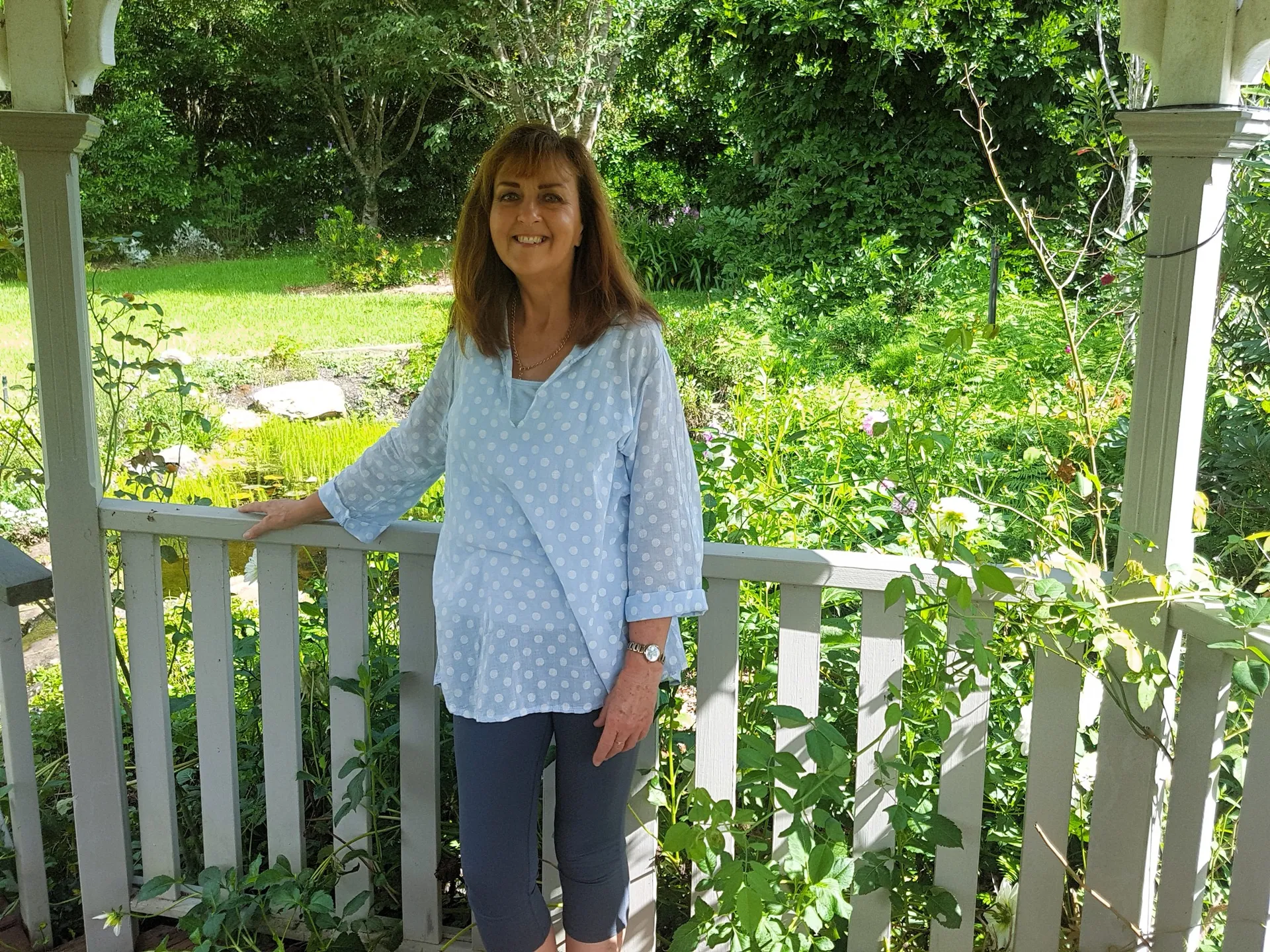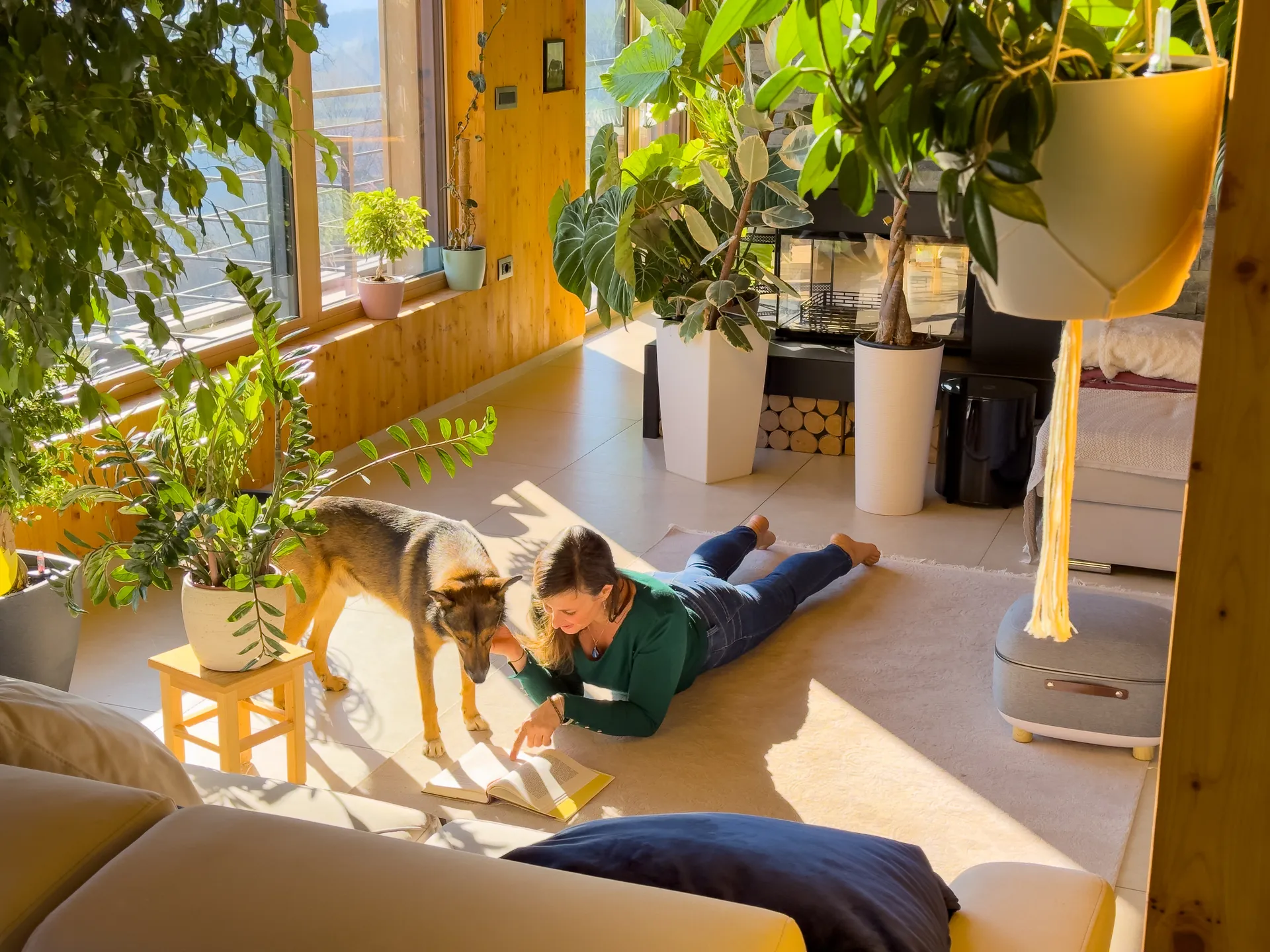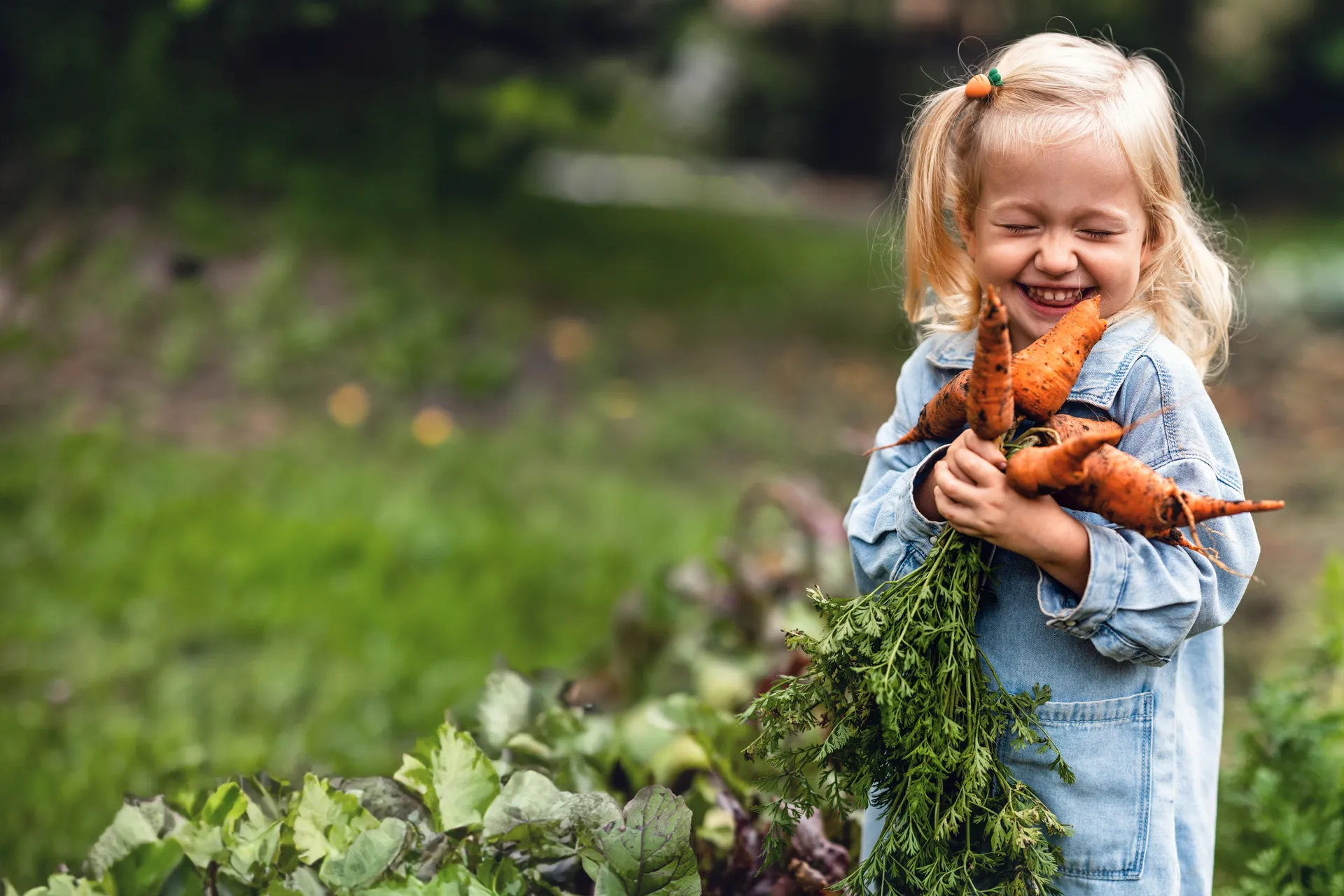March gardening tips
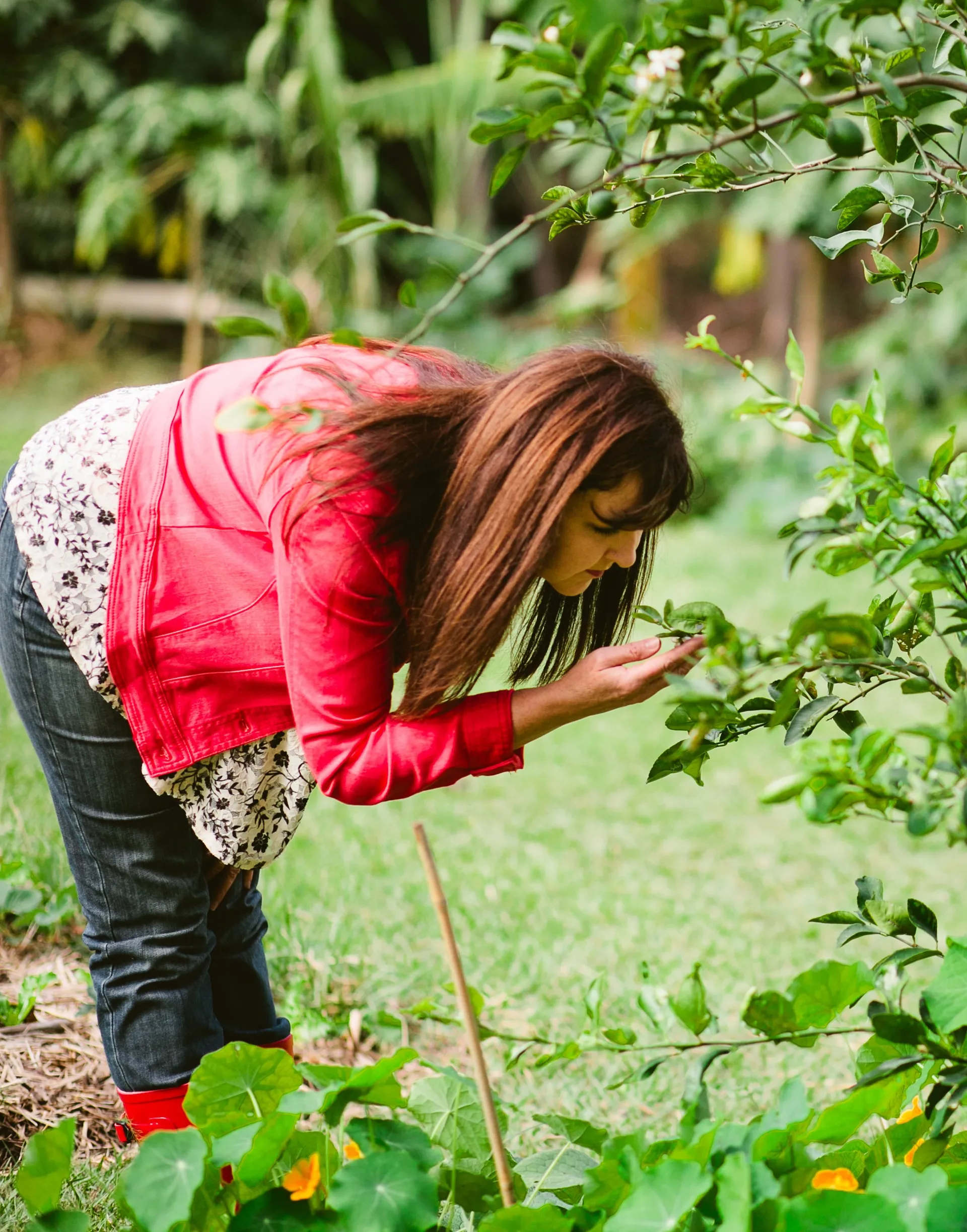
The Micro Gardner is back with her top gardening tips, shared especially for our Sunshine Coast climate.
After February's rain, Sunshine Coast gardens have seen phenomenal growth and between weeds, pest insects, disease and the hot, humid weather, gardening can be a challenge.

On the bright side, you’ll save time and money on watering.
Harvest what you can from prolific crops like pumpkin, sweet potato and eggplant, store and preserve for the coming months.
Now is an ideal time to make compost. Beneficial microorganisms are more active in consistently moist soil. Use organic matter to recycle nutrients and prepare for autumn planting.
This month save seeds from crops like cucumber, pumpkin, tomatoes, capsicum, chilli, eggplant, herbs and flowers. Plants adapted to your unique soil and microclimate conditions are more resistant to pest and climate challenges.
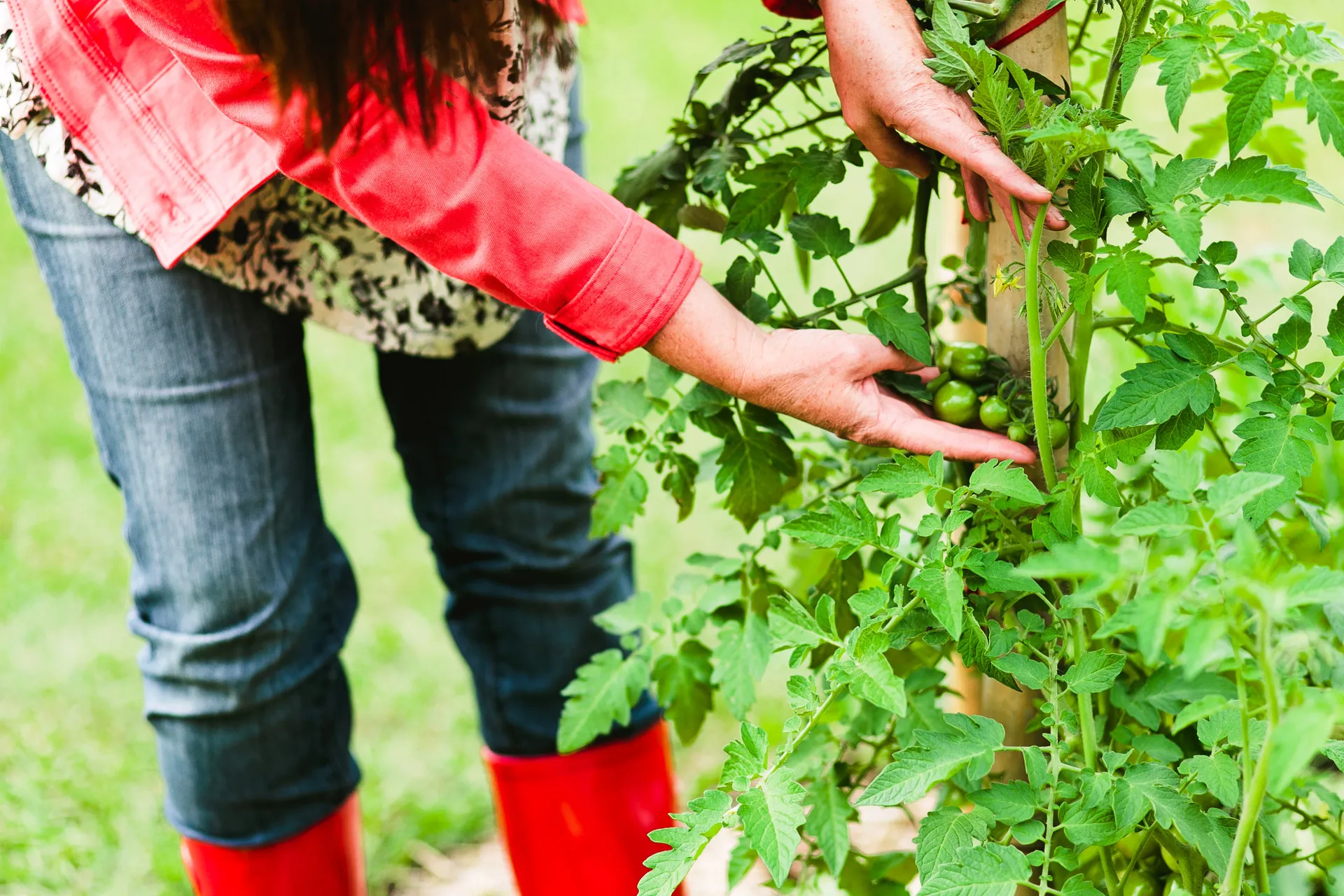
March is an ideal time to plant root crops like garlic, radishes and carrots, and strawberries. And if you enjoy peas, now is the time to start sourcing seeds.
It is critical to source seed potatoes and seed garlic for March planting now. This is a really short window, so don’t miss out.
Be ready to plant Autumn crops after the humidity disappears and cooler temperatures arrive – usually at the end of the month.
What to Plant in March
Plant root crops like garlic, radishes, and carrots, as well as strawberries and seed potatoes. Start sourcing seeds for peas and beans to plant when the humidity drops.
Issues to Watch Out For
- High Humidity: Ideal for diseases like powdery mildew. Remove affected leaves and use organic anti-fungal sprays.
- Dead Dirt: Reinvigorate old potting mix with compost and organic fertilisers.
- Nutrient Loss: Apply compost, slow-release fertiliser, and liquid seaweed to replenish nutrients.
- Pests: Manage pests like citrus leaf miner, grasshoppers, caterpillars, and aphids by handpicking or using traps.
Garden Tasks
- Fertilise fruit trees and maintain fruit fly controls.
- Grow crops in portable pots for easy care.
- Desucker bananas and continue liquid feeding.
- Use mulch to retain soil moisture.
- Rotate crops to avoid pests and diseases.
- Train passionfruit vines and shade vulnerable crops.
The Micro Gardener
Each month, Anne Gibson, The Micro Gardener shares her top gardening tips especially for our climate. Find out more from the Sunshine Coast guru of gardening guru at The Micro Gardener
Categories:
